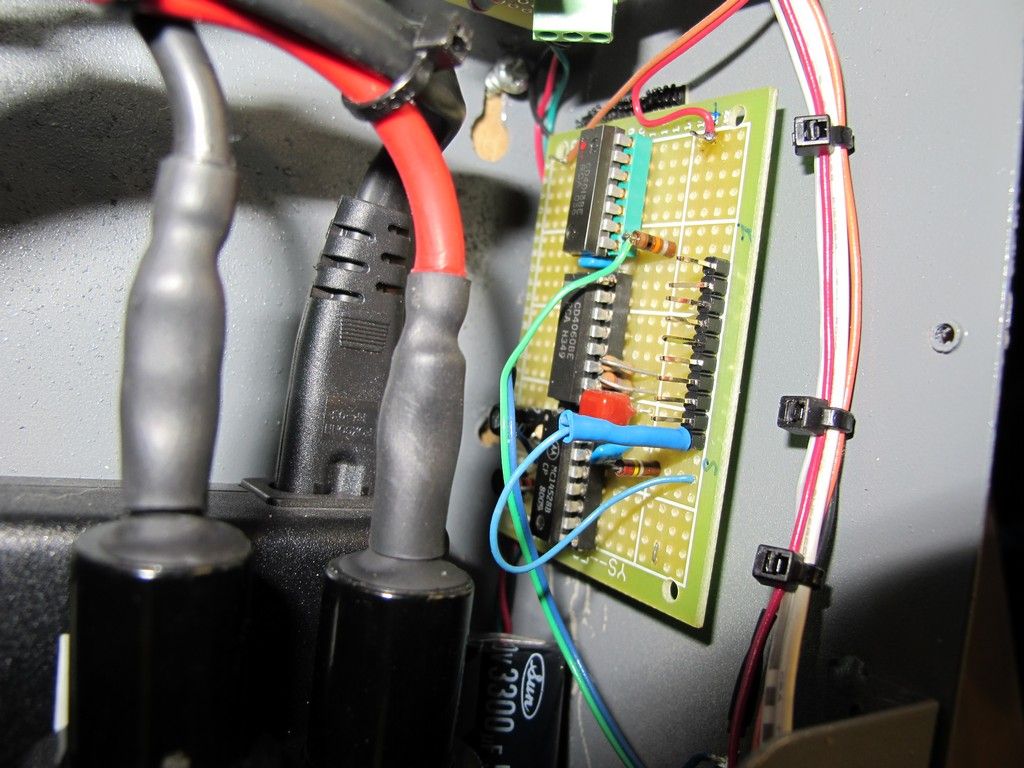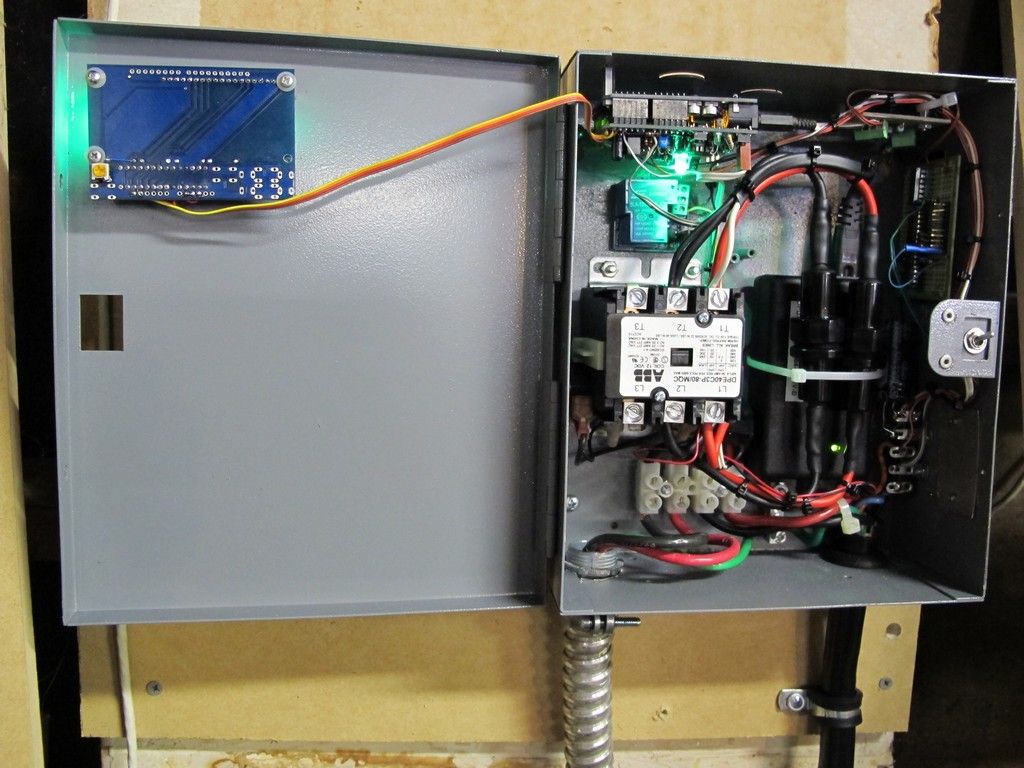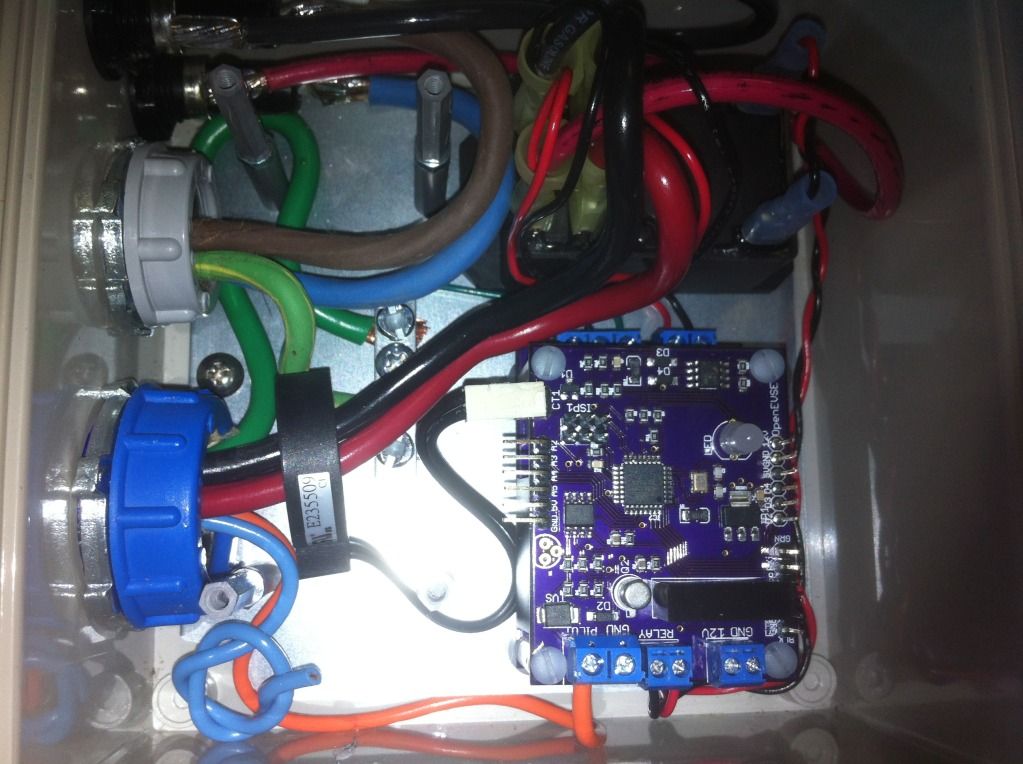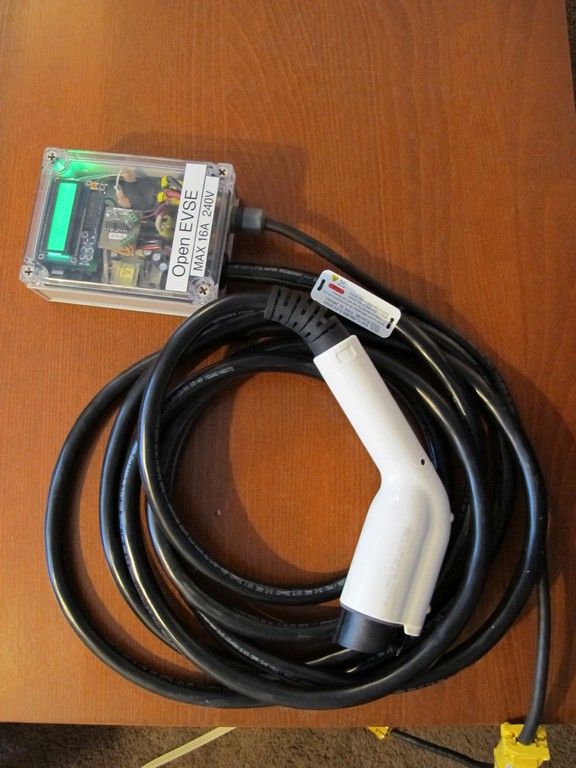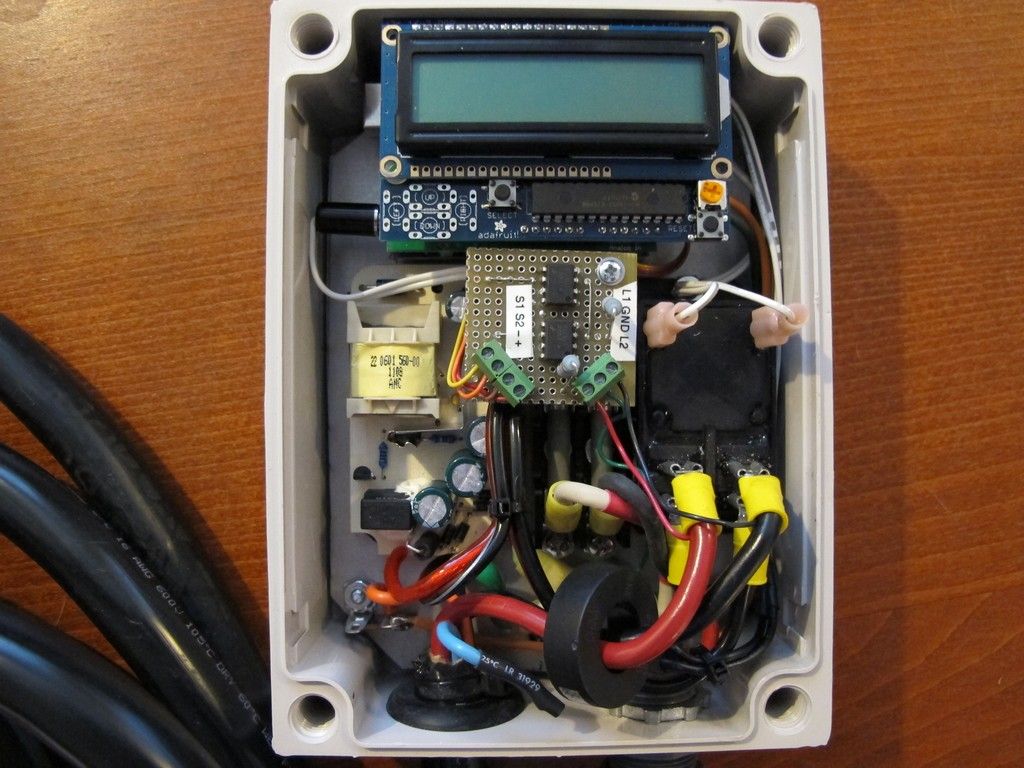drees said:
mitch672 said:
I don't think it's being looked at to replace the Arduino, the timing on the code has to be right, and running a unix variant on the Rasberry probably precludes its use for that
Hmm, I would hope that the clock would be accurate enough - one of it's target uses is for mini multimedia purposes which typically needs a good clock...
How accurate does the clock need to be to generate a stable pilot signal?
It's not the clock that's the issue, it's the fact it's running an operating system... Even that "GERT" board has a similar (if not almost the same as the Aruino) ATMEL microcontroller on it that OpenEVSE uses. Operating systems tend to have interrupts and don't make great finite state machines for a time sensitive task, like generating the 1KHZ pilot signal, for example. You also need the hardware on the OpenEVSE as well, for the interface to the pilot signal. With its Ethernet interface, possible WiFi interface, and web server that can be run on a $35 PCB, it's great to control things with, but would probably not do great at real time sensitive control. I coud be totally wrong here, but I don't think so. OpenEVSE is running a dedicated program, and not an operating system, that's the big difference.
GERT board details: http://www.element14.com/community/docs/DOC-48859?ICID=raspberrypi_gertlearnmore" onclick="window.open(this.href);return false;






